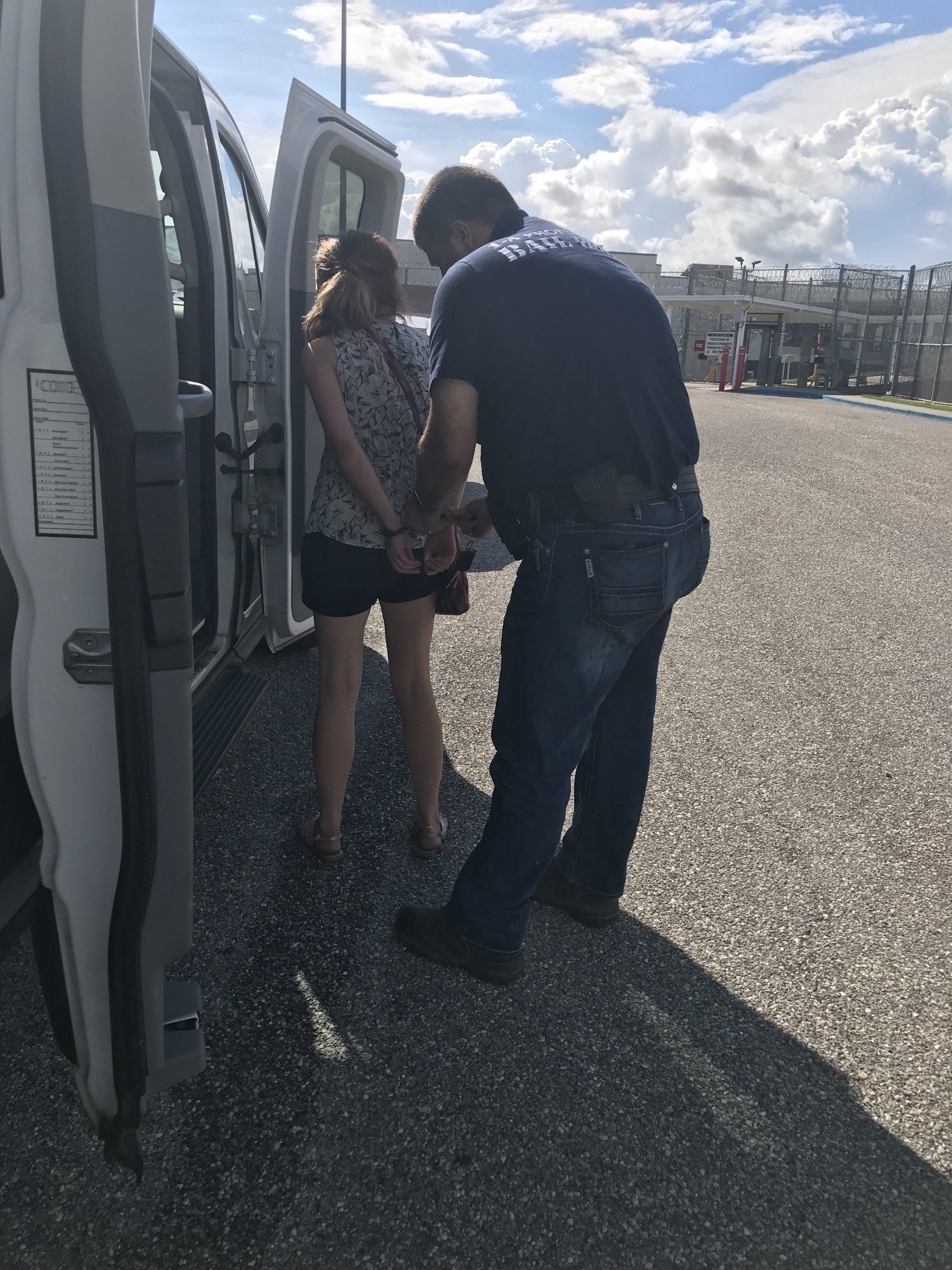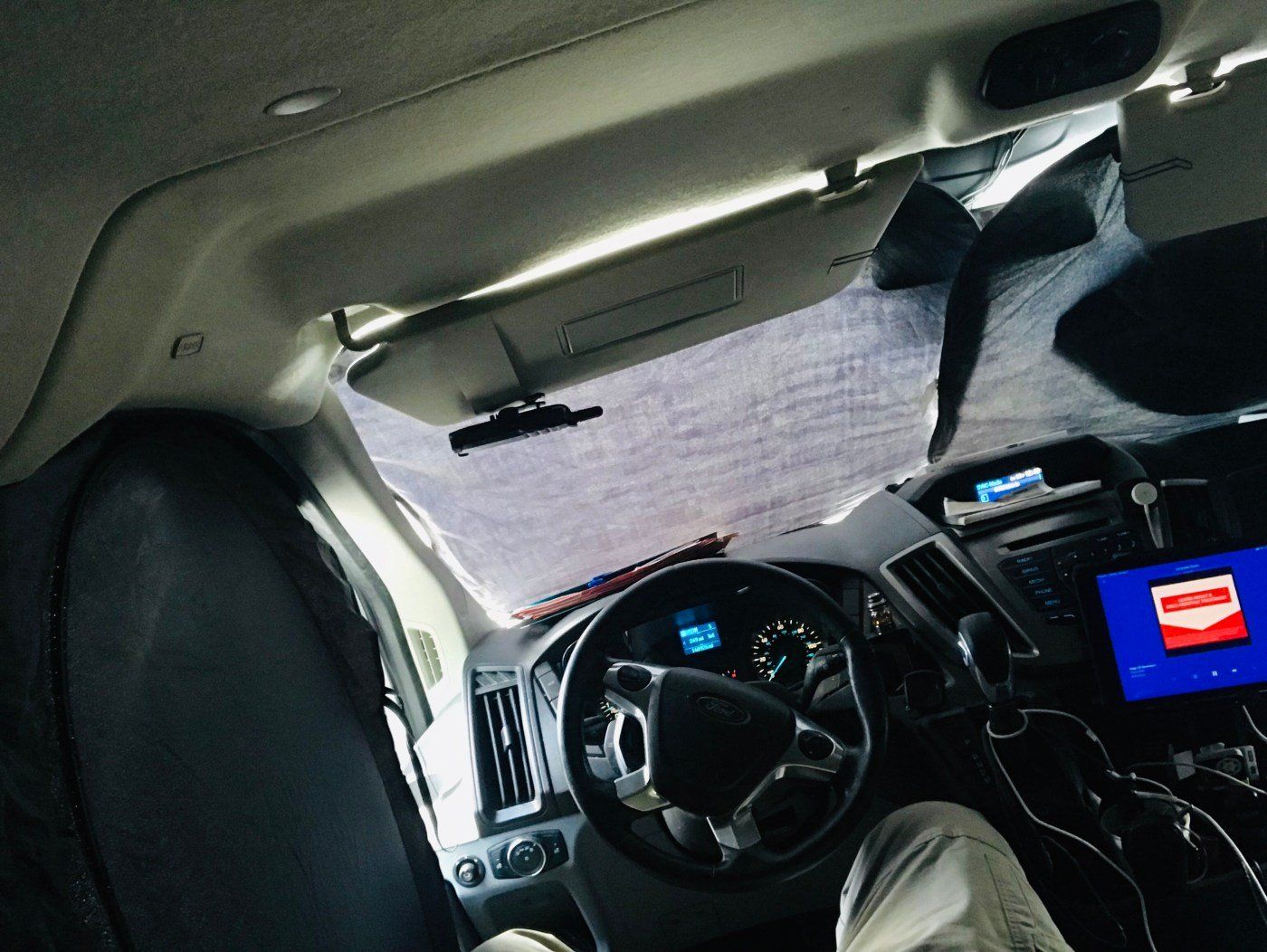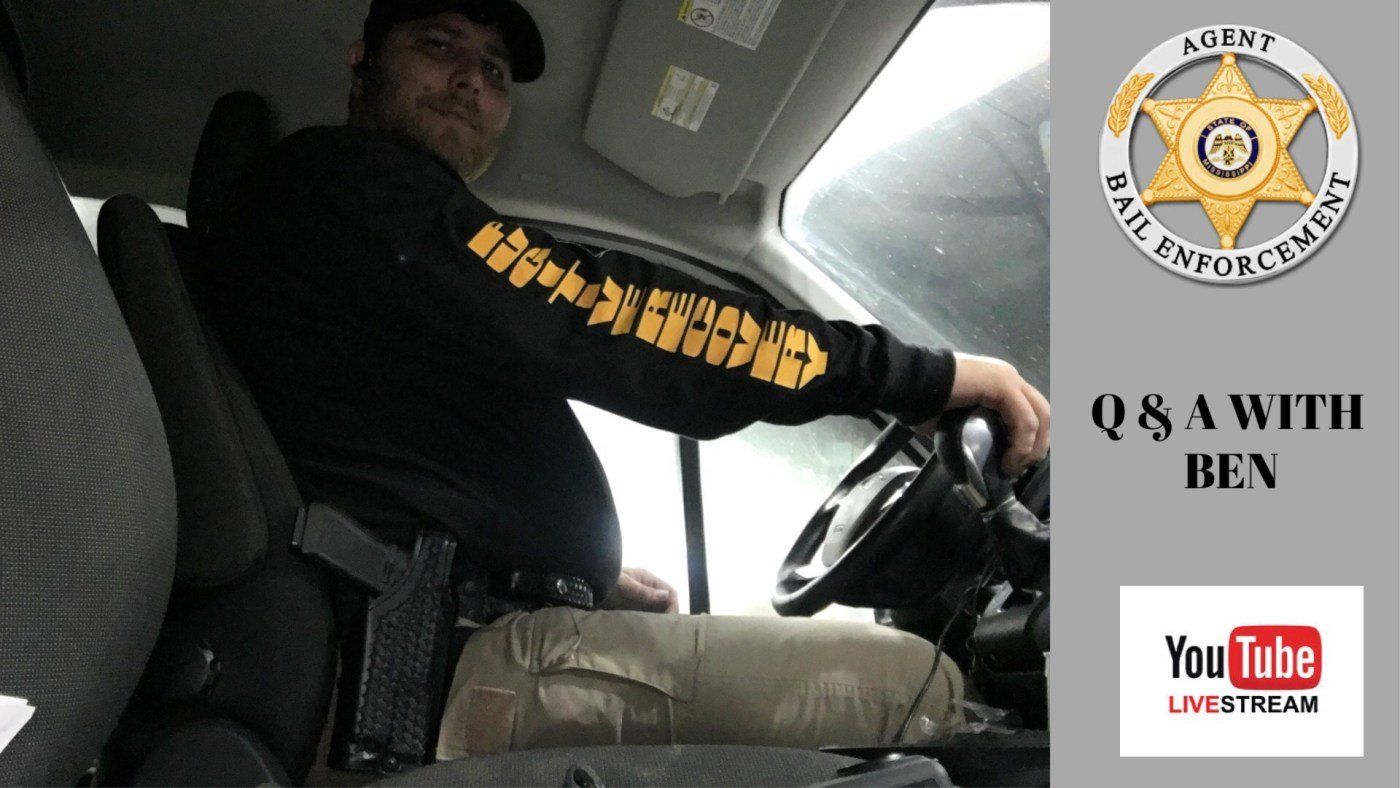Cuffs now or cuffs later
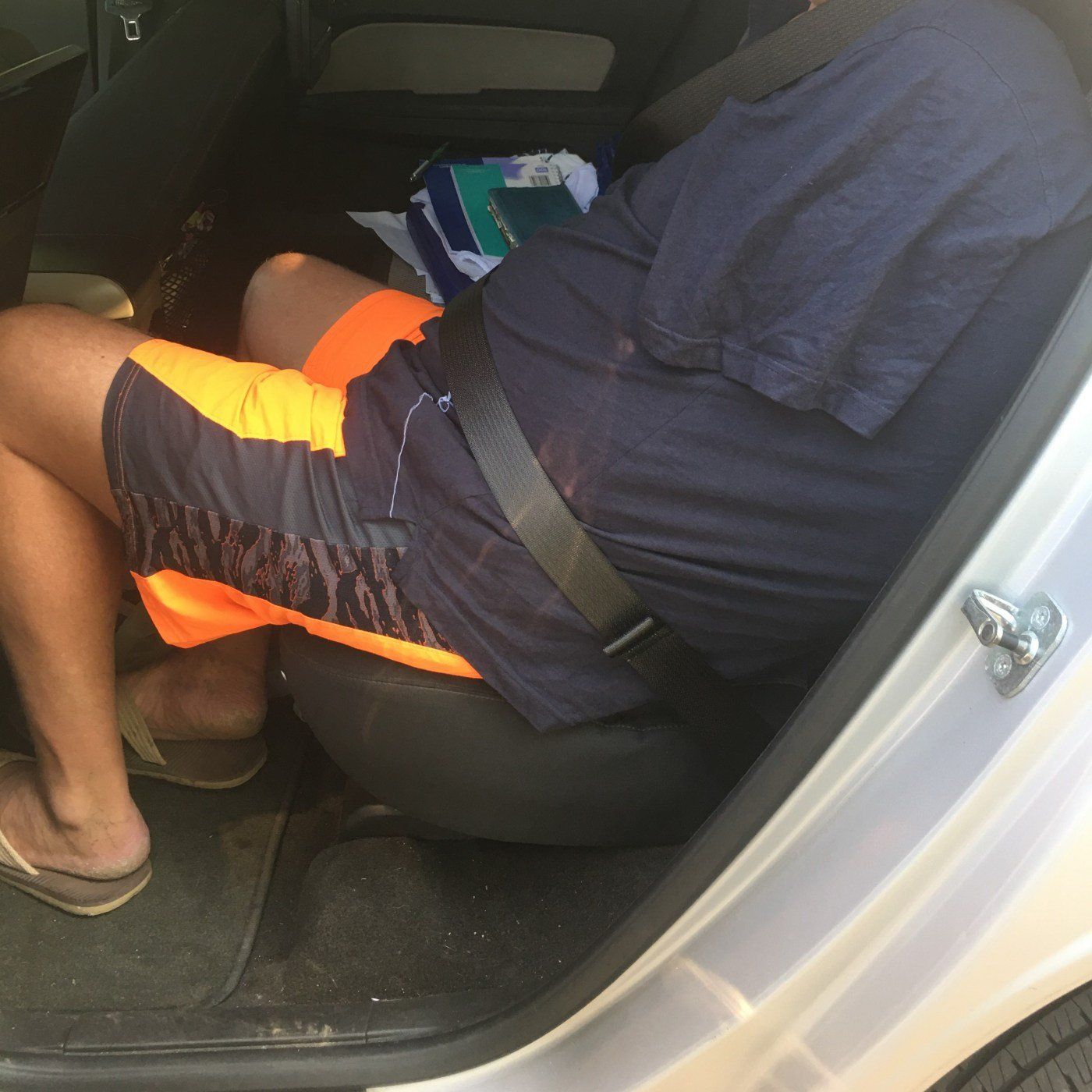
While I was reading in one of many industry groups, one of the people in the group asked a simple question. I can only assume that the guy is in the business as this particular group is pretty good at getting rid of the posers and trouble makers.
“Do you allow your Fugitive to put on clothes and shoes and gather their belongings before handcuffing them? Why or why not?”
This question caught my attention for a few reasons and I thought it would be a great 1st article. I don’t know the experience level of the person that asked or if they were asking just to get a conversation started, but here is my take on the subject.
In our line of work safety is at the very top of the list! We often depend on the element of surprise to find and catch our skips. Even the people who know we are coming, usually don’t know when or where. People are often very surprised when we walk through the door and they are looking at an agent face to face. While that doesn’t apply to every single person; it does to most. We do most of our bounty hunting at night, so as you can imagine, we find people in an assorted variety of dress. Over the years I have more frequently found people dressed than not, but on occasion you will find your subject in the shower or in bed asleep in their birthday suit. When that time comes, we have to make immediate decisions with that safety sally chomping at our heals.
One of my top rules is handcuff first, then talk. Part of the element of surprise is getting your subject into handcuffs before their brain has time to process what is happening. Often times we have a very narrow window of time before sheer surprise wears of and fight or flight kicks in. It’s during that narrow window that you want to have your subject safely detained. You can always change your mind and take the cuffs off, especially if you are dealing with a subject of the opposite sex who is hiding under the sheets in all their glory. If you wait and decide to put the cuffs on later, you are allowing a lot of opportunities for a lot of different things to go wrong. Your subject could be planning a run for it and do a swan dive through an open window behind the curtain. There could be a weapon near by that you are not aware of and the appearance of digging around for their clothes could give them a chance to use it. But more common than those, people just get scared and do things that they normally wouldn’t. The more time that goes by, chances are they are getting themselves more and more worked up to do that thing that they normally would not do. Fear can be a powerful motivator and a major factor in one’s choices. Once you put the subject in cuffs, it’s like closing that fear door. What would be fear turns to resolve. They know they are secure. They know that “it’s over” and it removes most of those would be opportunities for something to go wrong.
I’ll give a couple of instances and how I handle those.
Once they are in cuffs, they need to be in the car in less than 3 minutes. Anything beyond that; you are asking for trouble. Some criminals bide for time so they can formulate a plan, and whether their plan works or not, it’s unnecessary trouble for the agent.
If I walk into a bedroom and my subject is under the covers naked, 1st and foremost, I want them to show me their hands, both of them. You can cuff the hands over the sheets and move them to behind later. If you are working alone, then hand them the closest article of clothing you can see and let them put it on. Once the family jewels are covered, you can decide about shirts, shoes and other items. I usually slip a shirt on my subject over the arms; they can put their arms thru at the jail. I’ll let them slip some shoes on but now we have to go.
Recently I did a recovery and found the guy in the bathroom having just gotten out of the shower. He was standing in front of the mirror in a towel about to shave. It was a very small space and the only way out was thru me. I asked him to put the razor down and I immediately put him in cuffs. In this instance, I had a partner with me and that changes things quite a bit. While my partner stood watch, I retrieved the mans clothes and I dressed him. He had been running pretty hard and I wasn’t about to take the cuffs off. Dressing a suspect always makes me nervous because I am very vulnerable during a few times of this process, but sometimes it just can’t be helped. Had my partner not been there, or had the guy given any issues, he might have gone to jail in that towel with a shirt pulled over his arms. Ultimately we put the travel chains on him because it was going to be a long ride and he was not giving us any issues.
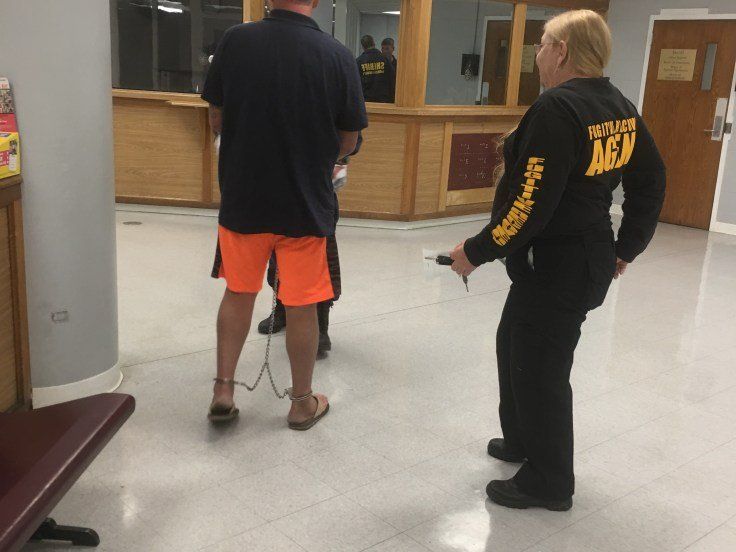
The moral of the story is safety has to take priority. The quicker you get in and out with your subject, the safer you are. There are exceptions to every rule and situations can dictate what you can and can’t do at the time but overall, get your fugitive and get out of there, everything else is fluff.

